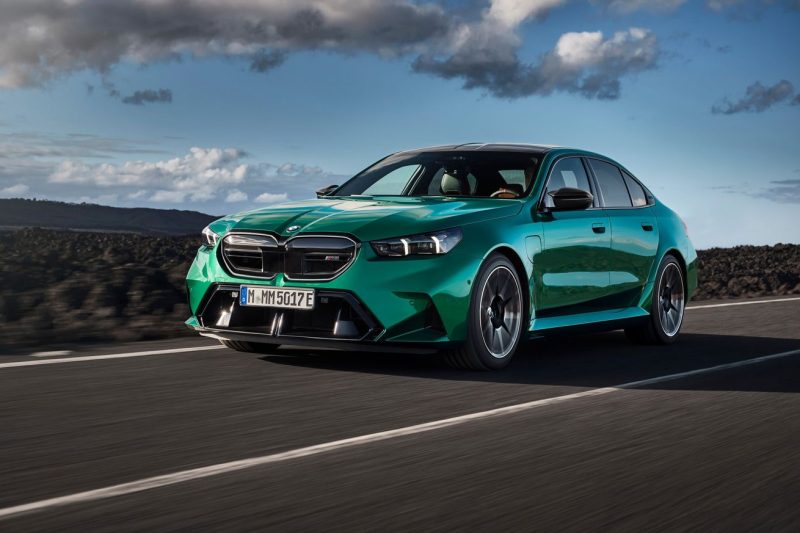In the ever-evolving landscape of automotive engineering, the BMW M5 has long been a flagship model known for its performance, luxury, and cutting-edge technology. Recently, BMW made a significant move by introducing the first plug-in hybrid version of the M5, a decision that has sparked polarizing reactions within the automotive community.
The introduction of a plug-in hybrid system to the BMW M5 marks a significant departure from the traditional performance-focused approach that has defined the model for decades. While the incorporation of electric power brings several benefits, including reduced emissions and increased efficiency, it also comes with its fair share of compromises.
One of the most notable downsides of outfitting the M5 with a plug-in hybrid system is the substantial increase in weight. The additional components required for the hybrid system, such as batteries and electric motors, contribute to a significant weight gain compared to the standard gasoline-powered M5. This increase in weight can have a pronounced impact on the vehicle’s agility, responsiveness, and overall driving dynamics.
Despite the weight penalty, BMW has made efforts to mitigate the negative consequences of the added heft. The incorporation of sophisticated chassis tuning, adaptive suspension systems, and advanced electronic aids aims to compensate for the additional weight and maintain the M5’s reputation as a dynamic and engaging driving machine. However, purists and driving enthusiasts remain skeptical about whether these measures will be sufficient to preserve the M5’s acclaimed driving experience.
Another aspect that has garnered attention is the impact of the plug-in hybrid system on the M5’s performance capabilities. While the electric motors provide instant torque and can enhance acceleration, the overall power output and performance figures of the hybrid M5 may not match those of its gasoline-powered counterparts. This trade-off between efficiency and performance raises questions about whether the hybrid M5 can deliver the exhilarating driving experience that enthusiasts expect from a high-performance sedan.
On the technology front, the integration of a plug-in hybrid system opens up new possibilities for the M5 in terms of connectivity, energy management, and driving modes. Drivers can potentially benefit from enhanced driving modes that optimize the balance between electric and gasoline power, offering a more customizable and adaptable driving experience. Additionally, the hybrid system allows for increased energy recuperation during deceleration and braking, further improving efficiency and extending the electric driving range.
In conclusion, the introduction of a plug-in hybrid system to the BMW M5 represents a significant evolution in the model’s long-standing legacy of performance and innovation. While the weight gain and potential compromises in performance may give some enthusiasts pause, the hybrid M5 offers a glimpse into the future of high-performance vehicles that prioritize sustainability and efficiency. BMW’s decision to electrify the M5 reflects a broader industry trend towards hybridization and electrification, signaling a new chapter in the ongoing pursuit of automotive excellence.
